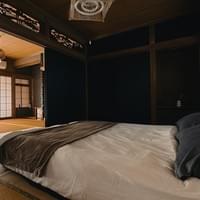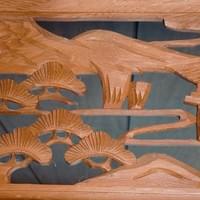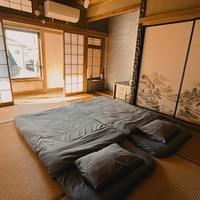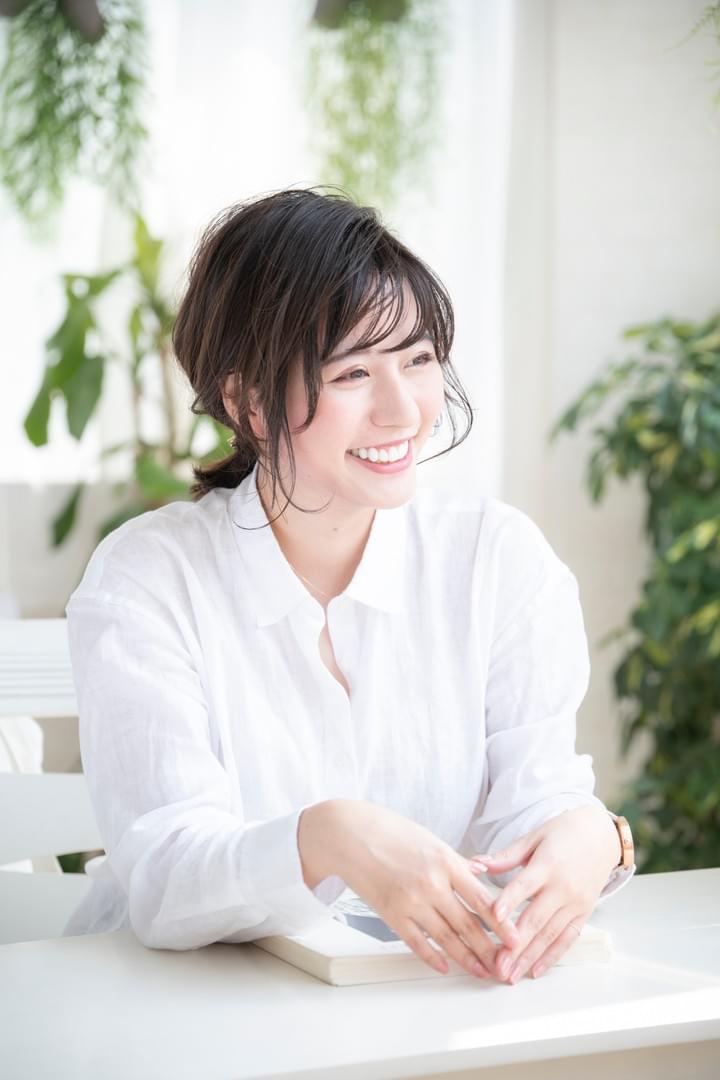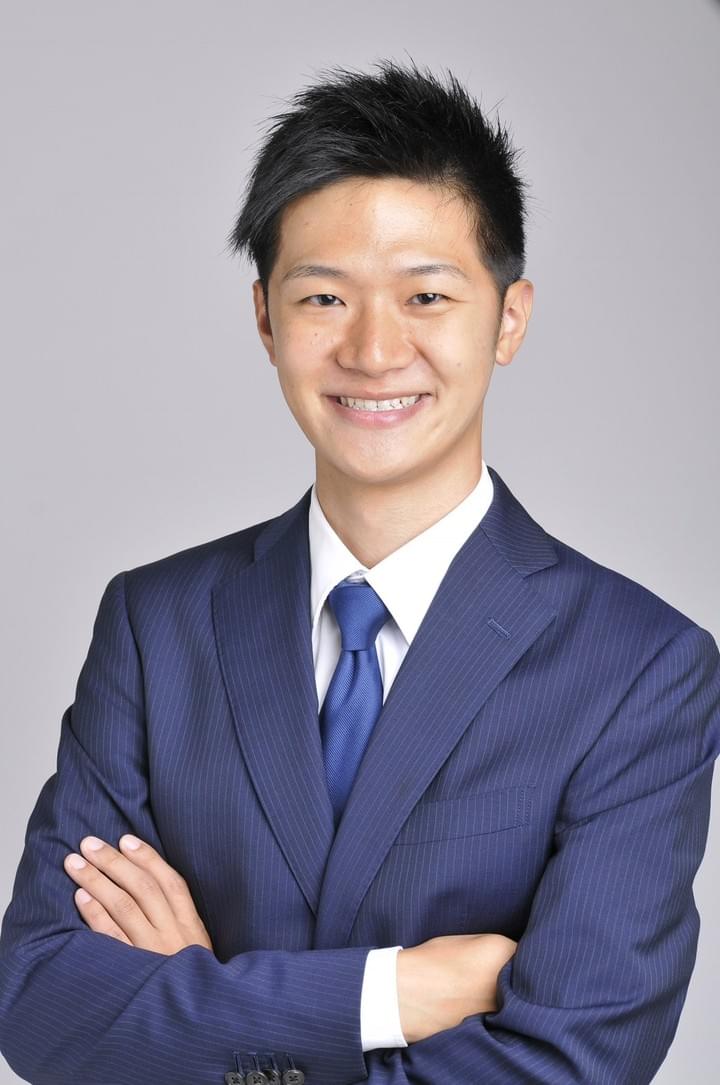
Statistical Data
at a Glance
We let the data speak for itself.
vacation rental
Private house, cottage, valuable home
Multilingual support
Japanese, English, Chinese, Korean, Russian
1,200,000,000
Annual Order Amount
89,453
Number of influencer
500
number of
real estate sold
saved track record
Japan's valuable fittings


Top-quality tatami made by a tatami maker that has been in business for four generations
Hand-woven tatami mats by Japanese craftsmen. Made by a long-established tatami maker in Choshi City that has been in business for four generations, these tatami mats are extremely valuable.
Hand-sewn tatami mats are considered the highest quality. A frame is inserted on the side of the tatami mat that does not have an edge to make the corners crisp, and the thickness of the tatami mat is adjusted while the straw is inserted on the bottom, with attention paid to even the parts that cannot be seen, and each stitch is carefully sewn. Hand-sewn tatami mats like this will not lose their shape even over a long period of time.View more details...

Roof tiles(KAWARA)
Made from clay, clay tiles are a roofing material that has been used in Japan since ancient times.
Tiles that are baked with a glaze applied are called ceramic tiles, while tiles that are baked without a glaze and smoked in the final stage to form a carbon film on the surface and give them a silvery finish are called "smoked tiles."
Like tiles used on exterior walls, the base material of clay tiles is ceramic, so they do not deteriorate or fade due to ultraviolet rays and do not need to be repainted.
Clay tiles have the longest lifespan of all roofing materials, at over 100 years.View more details...

Round window
Round windows were seen in ancient Chinese architecture in Japanese architecture, and in the early modern period they were used in shoin-zukuri, teahouses, and sukiya-zukuri. The round window in the main hall of Genko-an in Kyoto is called the "window of enlightenment," and the circular window represents the spirit of "Zen and Entsū," and the circle represents the universe.
Round windows are often used to create a stylish space that matches the atmosphere of the room. They also go well with Japanese modern styles, allowing you to create a space that combines traditional Japanese design with a modern, stylish design.View more details...

-Woven sliding doors-(FUSUMA)
The history of woven sliding door paper dates back to the Nara period.
In the early Nara period, "tsuitate" and "sudare" were mainly used as partitions in large rooms.
In the Heian period, bedrooms came to be called "fusuma-dokoro."
It is said that the original was a tsuitate with silk fabric pasted on both sides.
As time passed, the silk fabric pasted on the tsuitate came to be called "fusuma."
Each thread is carefully woven, so you can enjoy the three-dimensional texture and feel of the outer fabric. Because it is woven, it absorbs light softly and creates a warm and comfortable atmosphere. Once you use it, you will grow to love the space and be able to appreciate its quality.View more details...

Carved transoms(RAMMA)
There are two beautiful carved transoms in the living room and the bedroom on the second floor. They were hand-carved by craftsmen. The "carved transom" is probably the most well-known type of transom.
The wood is worked with intricate detail, and flowers, birds, and landscapes appear to emerge in three dimensions.
Their stunning craftsmanship will leave you in awe.
The designs often feature traditional Japanese auspicious motifs such as pine, bamboo, plum, pine trees, cranes, and even Mt. Fuji and the Three Great Views of Japan.
The boards used for transoms are generally about 15m thick.
A set consists of two boards with connected patterns.
The thicker the boards, the more detailed the work can be on both sides.
As they allow for a more three-dimensional expression, the thicker the boards, the more valuable they are, and this is why they are considered high-quality transoms.View more details...We help people find beautiful and affordable homes in Japan.
We also handle home renovations ourselves, so we believe we can provide the best recommendations.
We buy and sell valuable old Japanese houses and renovate them so that they can be preserved beautifully.
location

Shinjuku Office
160-0022
404, Yotsuya Gyoen Mansion, 1-26-12 Shinjuku, Shinjuku-ku, Tokyo, Japan
staff

Vanessa Pan
Founder, CEO
Born in Taiwan and a graduate of Meiji University, he began his entrepreneurial journey at 21, managing businesses in the food and beverage, IT, and semiconductor industries across Taiwan, China, and Japan, achieving two successful exits.

Taiki koguchi
Creator
Graduated from the Faculty of Law at Hosei University.
Currently serving as CEO and Producer of Miraipress Co., Ltd.
Engaged in influencer marketing, event planning, and web media management.
Also active as a creator, handling tasks such as still photography and coating.

Kan matsuo
CTO
After working in development, sales, and implementation at a leading EMR vendor, he founded three companies and is now creating an AI-driven beauty product. A global engineer skilled in software and hardware, he blends business and technical expertise to deliver an innovative, user-friendly beauty experience.
- Contact UsDon't be afraid to reach out. You + us = awesome.
© 2019



